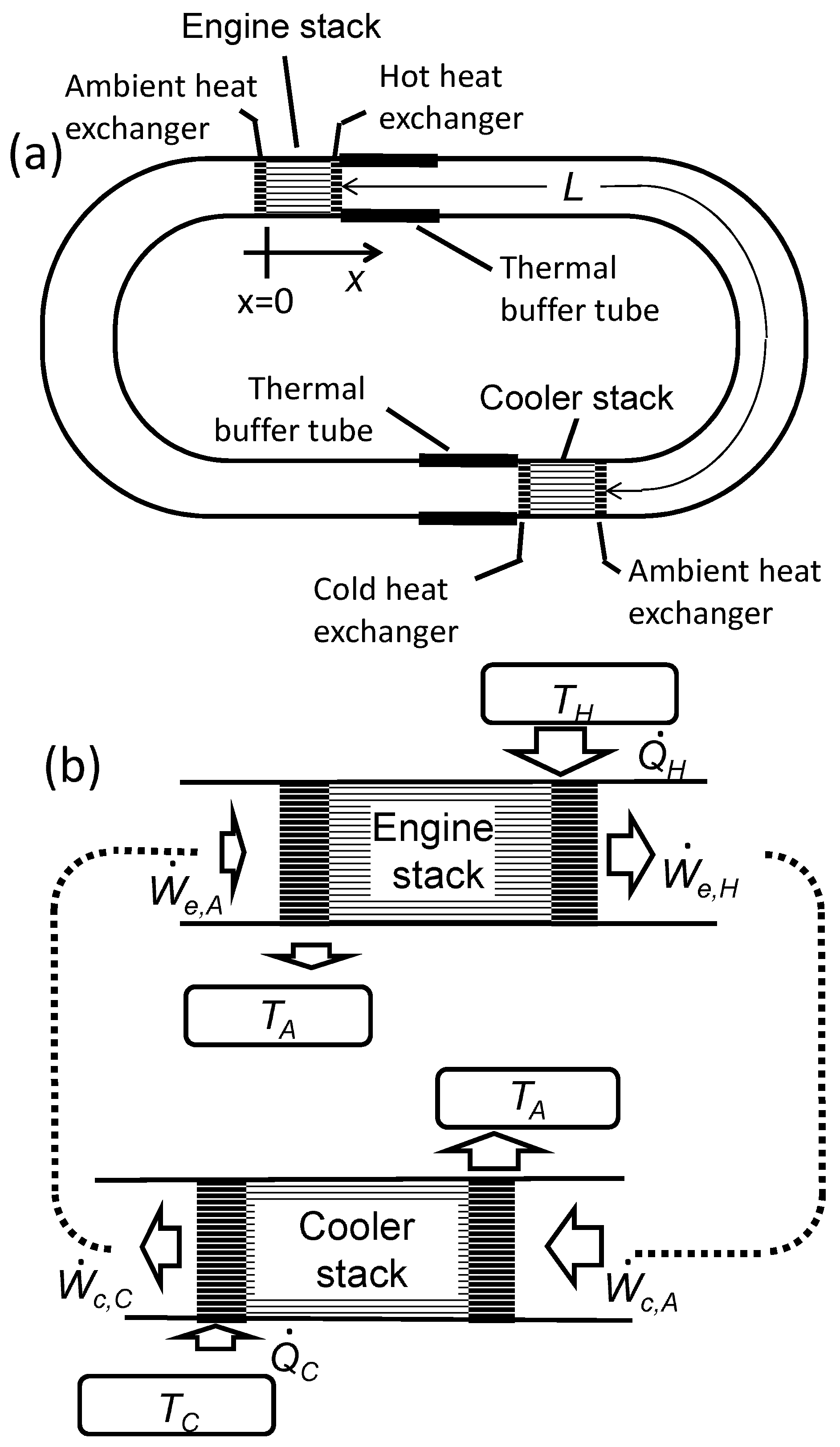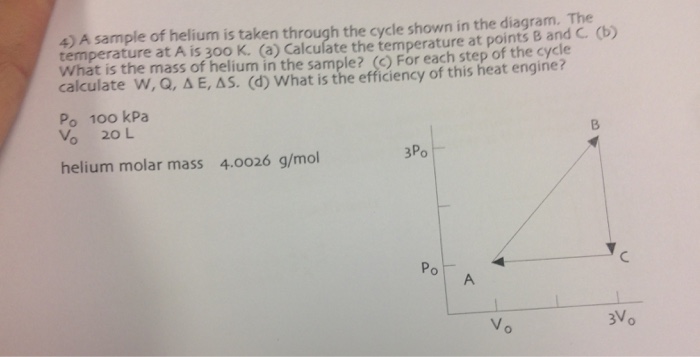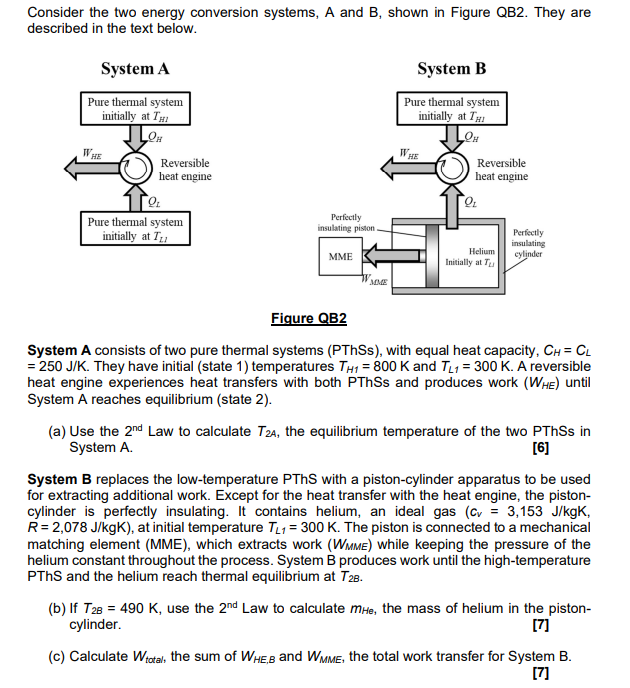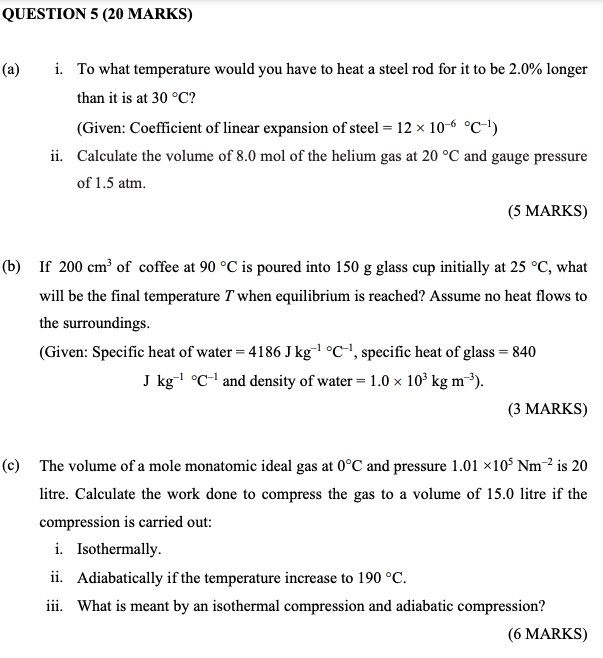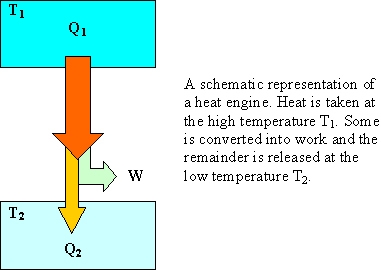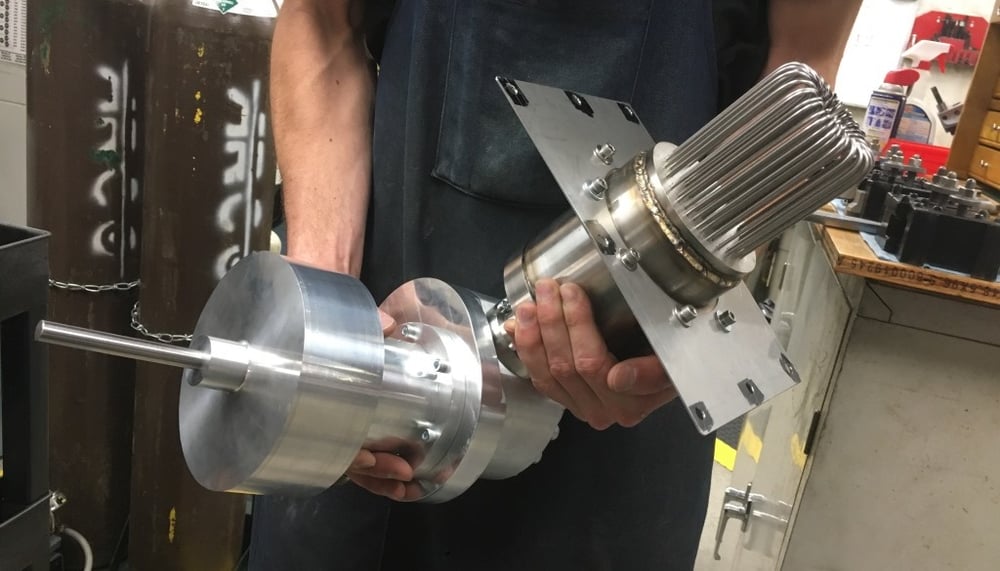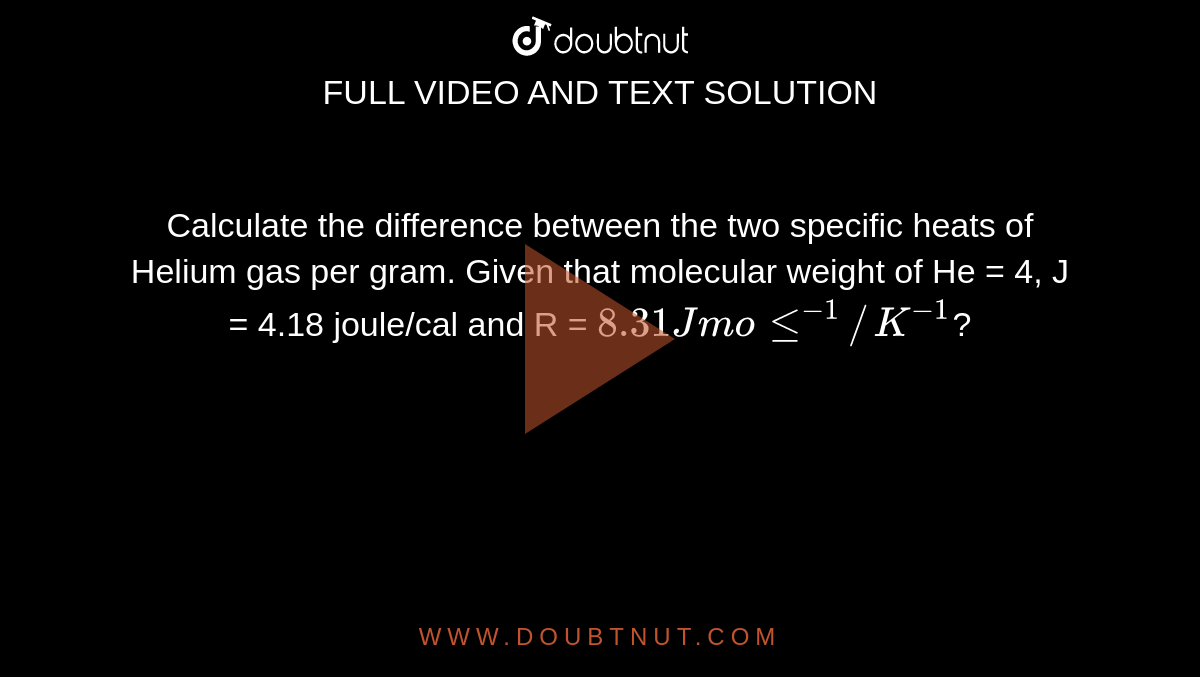
Calculate the difference between the two specific heats of Helium gas per gram. Given that molecular weight of He = 4, J = 4.18 joule/cal and R = 8.31 J mole^-1//K^-1?

15.14 | Calculate the net work output of a heat engine following path ABCDA in the figure below. - YouTube
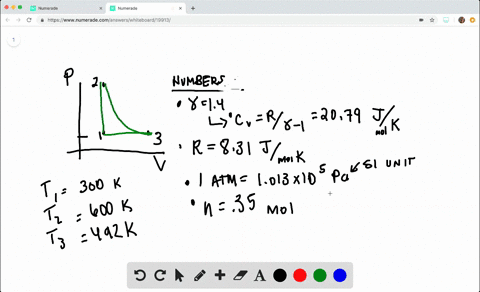
SOLVED:A heat engine takes 0.350 mol of a diatomic ideal gas around the cycle shown in the pV-diagram of Fig. P20.36. Process 1→2 is at constant volume, process 2→3 is adiabatic, and
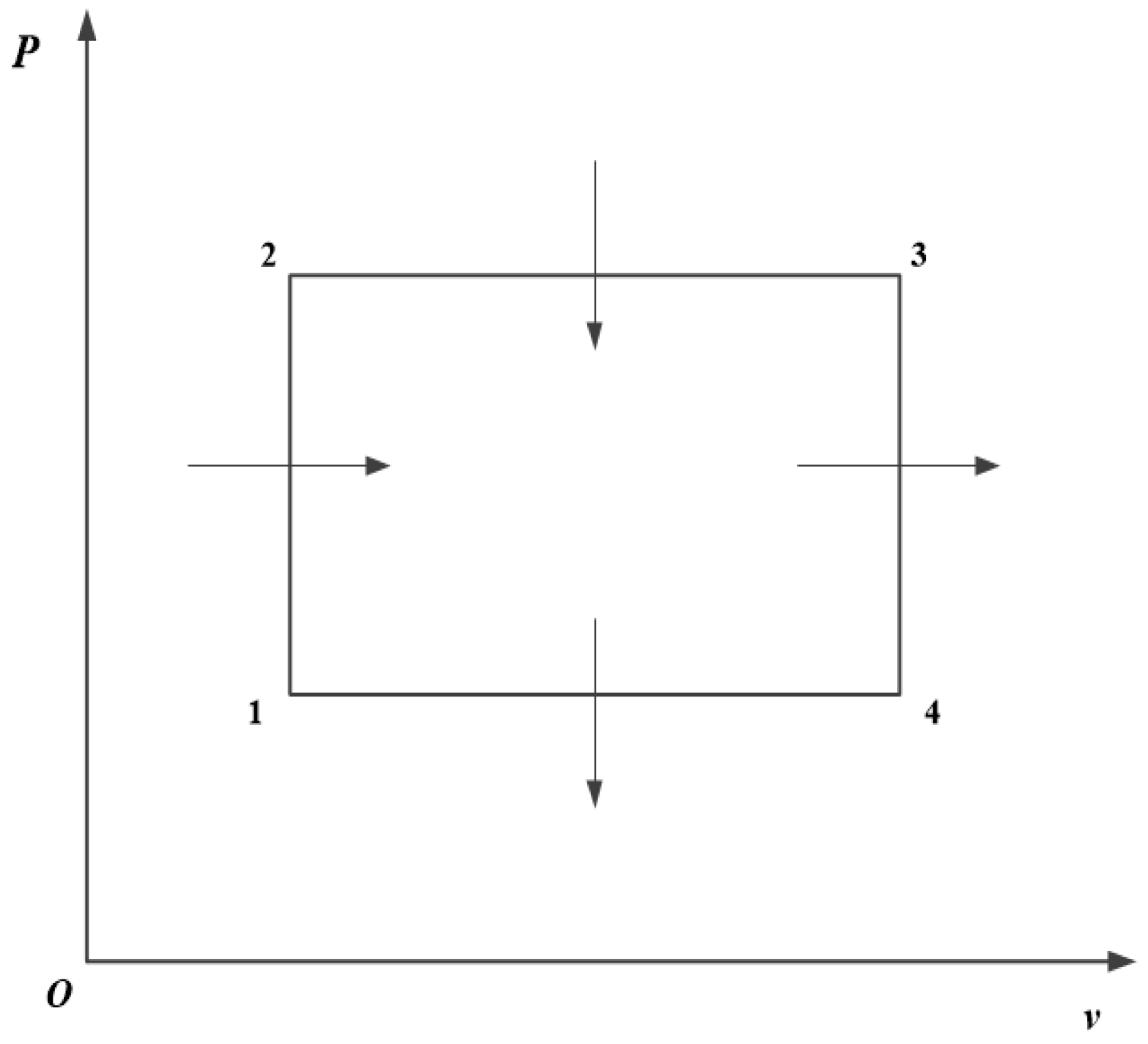
Entropy | Free Full-Text | Performance Analysis and Four-Objective Optimization of an Irreversible Rectangular Cycle

Heat Engines, Thermal Efficiency, & Energy Flow Diagrams - Thermodynamics & Physics Problems - YouTube
